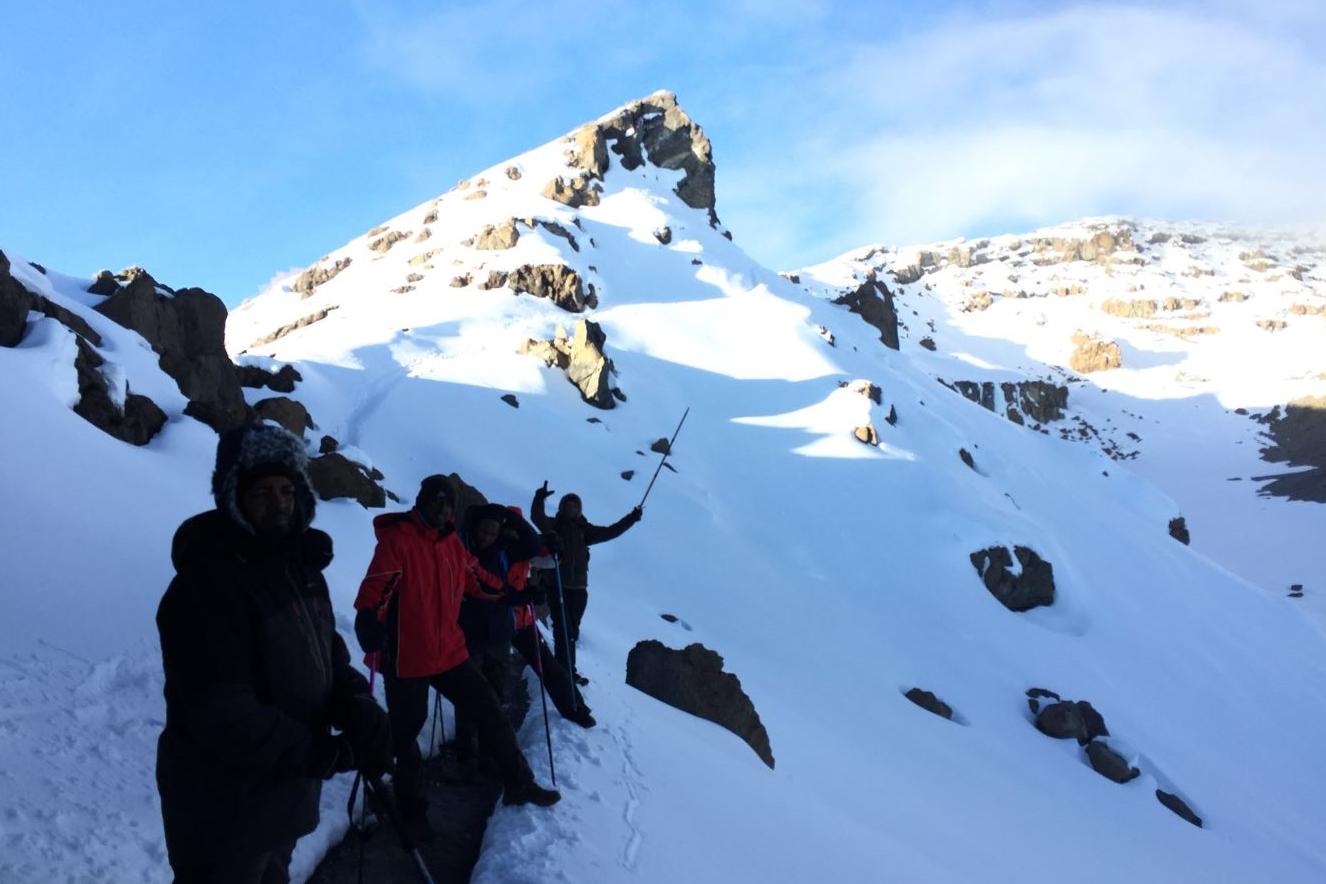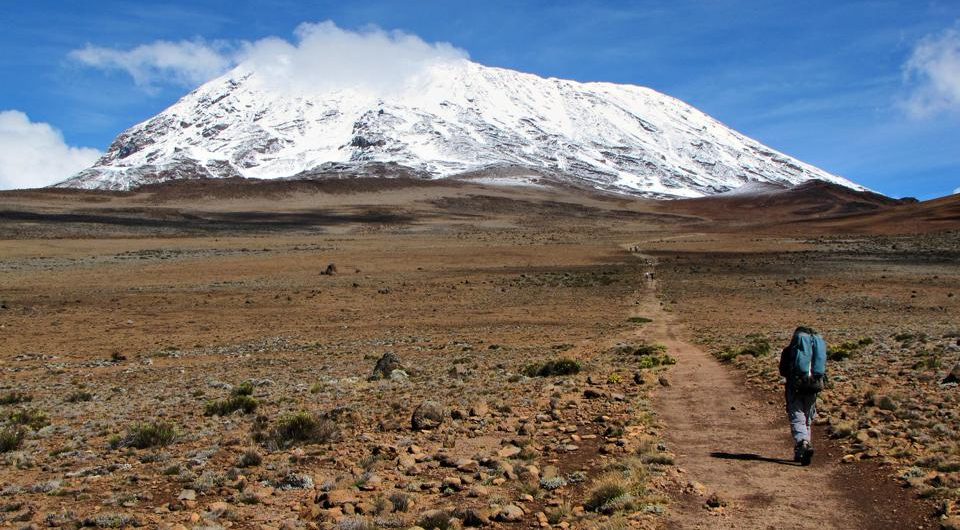The main reason why Mount Kilimanjaro’s summit is snow-capped and covered with ice at the top is owing to the fact that it is located at a high elevation.
Simple. The highest point of the mountain is 19,341 feet above sea level. The temperature at the summit will be roughly 38 degrees C cooler than the same latitude at sea level, assuming a typical lapse rate of -2 degrees C per 1000 ft rise in height (-3.5 degrees C). So, when the prevailing sea level temperatures are 38 degrees C or below, it will be freezing (or colder) at the summit of the mountain during that time of year.
Read more about the best time of the year to climb Mount Kilimanjaro
It becomes chilly at the summit of a mountain, especially if it’s higher than 19,000 feet. Much of the equatorial region is also tropical, as is a portion of Kilimanjaro’s base.
How does snow form on Mount Kilimanjaro?
Snow is created primarily by precipitation (mainly rain) and freezing temperatures. Rain falls in the tropics, and cold falls at altitude, resulting in snow. Also, it’s cold and high up in general, and almost any place/mountain with such elevation and temperature has snow on the peak.
 As you climb higher in height, the temperature lowers ( The higher you go, the cooler it becomes). This is a 60-degree drop from Kilimanjaro’s elevation of 19,384 feet above sea level. So it’s still 30 at the top, even if it’s ninety at the bottom. The nights will be colder, and the days will not be warm enough for the snow to melt.
As you climb higher in height, the temperature lowers ( The higher you go, the cooler it becomes). This is a 60-degree drop from Kilimanjaro’s elevation of 19,384 feet above sea level. So it’s still 30 at the top, even if it’s ninety at the bottom. The nights will be colder, and the days will not be warm enough for the snow to melt.
It’s important to remember that as height rises, temperature drops.
For every 1km increase in height, the temperature drops by 6.5 degrees Celsius.
This is why, despite their proximity to the equator, cities like Nairobi and Addis Ababa have an average minimum temperature far below 16° C throughout the year.
Now in the case of Mount Kilimanjaro, it is 5895 metres above sea level. Let us do the Math..
- Avg temp at the equator = 30°C(during the day)
- Height of Mt Kilimanjaro = 5985 metres
- Decrease in temp from sea level to 5985 metres = 5985 x 6.5 / 1000m(1km) = 38.9
- Therefore expected temperature at the mountain cap will be about 30°C – 38.9°C = -8.9°C which is sufficient enough temperature to experience snowfall.
![]()


Comments